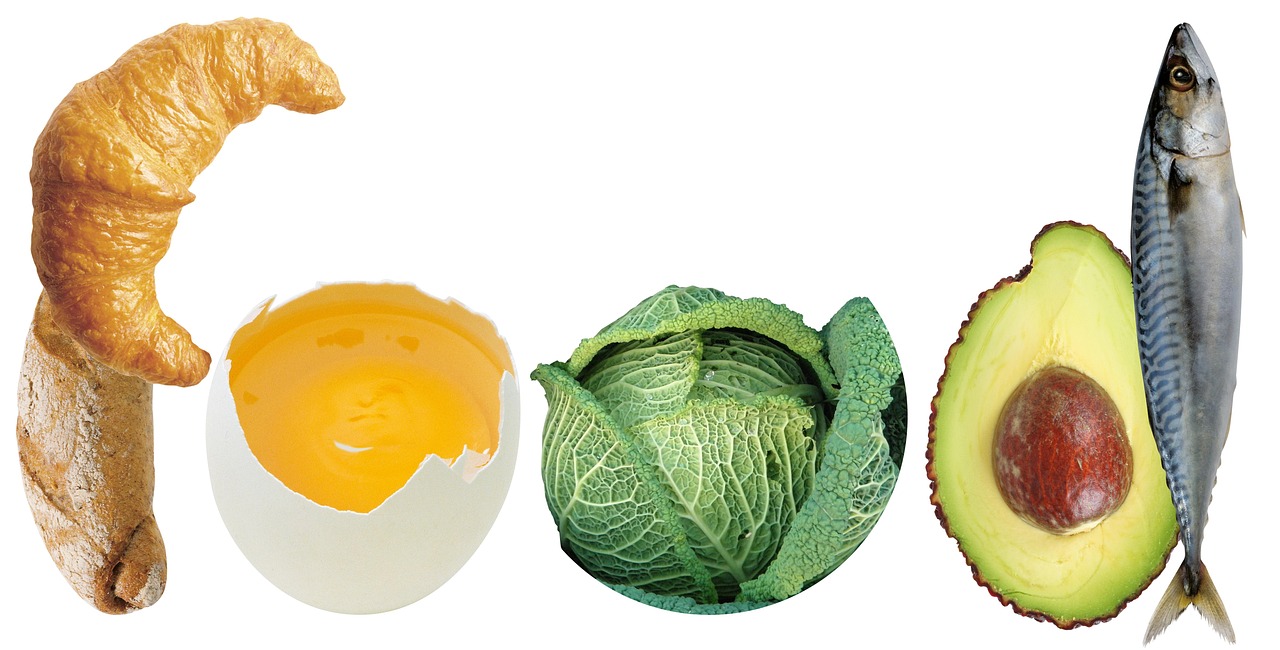Healthy eating often carries a mixed reputation. While it’s universally acknowledged as vital for overall wellness, it’s frequently associated with restrictive diets rooted in Western ideals. This perspective tends to marginalize other food traditions, even in culturally diverse regions like the Caribbean.
Many nutritional programs in these areas still rely heavily on models like the American food pyramid. As a result, they inadvertently promote a narrow view of what “healthy eating” looks like, often excluding traditional meals.
But healthful eating isn’t a rigid formula. Our food heritage — shaped by generations of practices, beliefs, and regional ingredients — deserves recognition. In this article, we’ll explore how cultural foods contribute meaningfully to a balanced, nutritious diet.
What Are Cultural Foods?
Cultural or traditional foods are those that reflect the heritage, customs, and collective practices of a specific community — whether defined by geography, ethnicity, religion, or shared history. These foods are deeply symbolic and often tied to celebrations, spiritual practices, or community gatherings.
For example, Italian cuisine brings to mind pasta and tomato-based sauces, while East Asian traditions highlight dishes like kimchi and dim sum. In the Caribbean, you’ll find a unique blend of West African and East Indian culinary influences. These meals are more than sustenance — they’re deeply intertwined with identity and memory.

Cultural Foods Belong in Nutritional Guidelines
Though both the U.S. Dietary Guidelines for Americans and the Canada Food Guide emphasize the importance of honoring cultural foodways, practical implementation still lags behind.
Within the field of dietetics, there’s a growing call for cultural competence — the ability to provide respectful, inclusive care without bias or assumption. However, many healthcare institutions lack the resources and training to fully integrate these diverse food traditions into their recommendations.
During my own journey to becoming a dietitian, I noticed that while cultural foods were acknowledged, they were rarely prioritized in curricula or practice. We need a more inclusive approach that reflects the richness of global cuisines.
Rethinking the “Healthy Plate”
In the United States, healthy eating is typically framed around five food groups: dairy, protein, grains, fruits, and vegetables. The MyPlate model encourages meals divided into half vegetables, one-quarter protein, and one-quarter grains.
In contrast, Caribbean nutritional guidelines include six food groups: staples (mainly starchy items), foods from animals, legumes, fruits, vegetables, and fats or oils. Many traditional Caribbean meals, such as one-pot dishes, blend these categories together in a single recipe.
Take oil down, for instance — a hearty dish combining breadfruit (a starchy fruit), taro leaves, pumpkin, carrots, and meats like salted fish or smoked bones. Though it doesn’t fit neatly into a divided plate, it offers a well-rounded and nourishing meal.
Healthy Eating Isn’t One-Size-Fits-All

Much of what we see online as “healthy food” tends to reflect Eurocentric preferences. A quick image search might flood you with visuals of kale, blueberries, or salmon served in minimalist settings. Rarely do these visuals include cultural foods — subtly suggesting that they don’t qualify as “healthy.”
But this narrative is both inaccurate and limiting. Healthy eating should be adaptive and inclusive, shaped by what’s locally available and culturally relevant.
Let’s compare a few examples:
- Kale is healthy, but so are taro leaves (dasheen bush) and callaloo.
- Quinoa is high in fiber and protein, but so are lentils and rice with beans.
- Atlantic salmon is rich in omega-3s, but sardines and local fish varieties offer similar benefits.
- Chicken breast is lean, but so are skinless thighs or drumsticks — and they often contain more iron.
The idea that only certain foods qualify as “healthy” ignores the richness and nutritional value of global cuisines.
Cultural Foods Build Community and Health
Traditional meals don’t just nourish the body — they nourish the soul and strengthen familial bonds. These foods are passed down through generations, often forming the heart of social events, rituals, and celebrations.
When my mother shares the preparation of oil down with me, it becomes more than a recipe — it’s a living legacy of African ancestry and Caribbean resilience. Likewise, preparing dhal or a curried vegetable dish reconnects me with my East Indian roots.
Many of these dishes, while unfamiliar to Western eyes, are high in fiber, protein, and complex carbohydrates — key components of a balanced diet.
Culture Shapes Our Eating Habits
Culture influences what we eat, how we eat it, and even how we perceive wellness and nutrition. It informs our openness to new foods, our religious dietary practices, and how we classify something as food at all.
In the U.S., dinner is often the largest meal, with lunch being lighter. In the Caribbean, it’s often the opposite — lunch is hearty, and dinner resembles breakfast in size and simplicity.
When dietitians or health professionals ignore these cultural norms, they risk offering advice that feels irrelevant or inaccessible. Worse, they may create mistrust, leading to poor adherence and negative health outcomes.
Embracing Cultural Foods in Nutrition
It’s time to challenge the notion that traditional meals need to be rebranded to fit Western norms. Cultural foods are not just acceptable — they’re essential.
Here are a few examples of wholesome cultural dishes from around the world:
- Ugali (Tanzania): A cornmeal staple served with vegetables and meats.
- Ema datshi (Bhutan): A spicy stew with yak cheese and seasonal vegetables.
- Kalua pork (Hawaii): Traditionally slow-cooked pork served with taro or fish.
- Schäufele (Germany): Pork shoulder roasted in beer, paired with sauerkraut and dumplings.
- Pelau (Caribbean): A one-pot rice dish with pigeon peas, vegetables, and caramelized meat.
These meals combine several food groups and offer a wide range of nutrients — all while honoring cultural identity.
Final Thoughts
Healthy eating isn’t defined by kale smoothies or quinoa bowls alone. It encompasses the full spectrum of cultural experiences, local ingredients, and ancestral wisdom. When we make room for these food traditions at the nutrition table, we create a more inclusive, effective, and compassionate approach to health.







